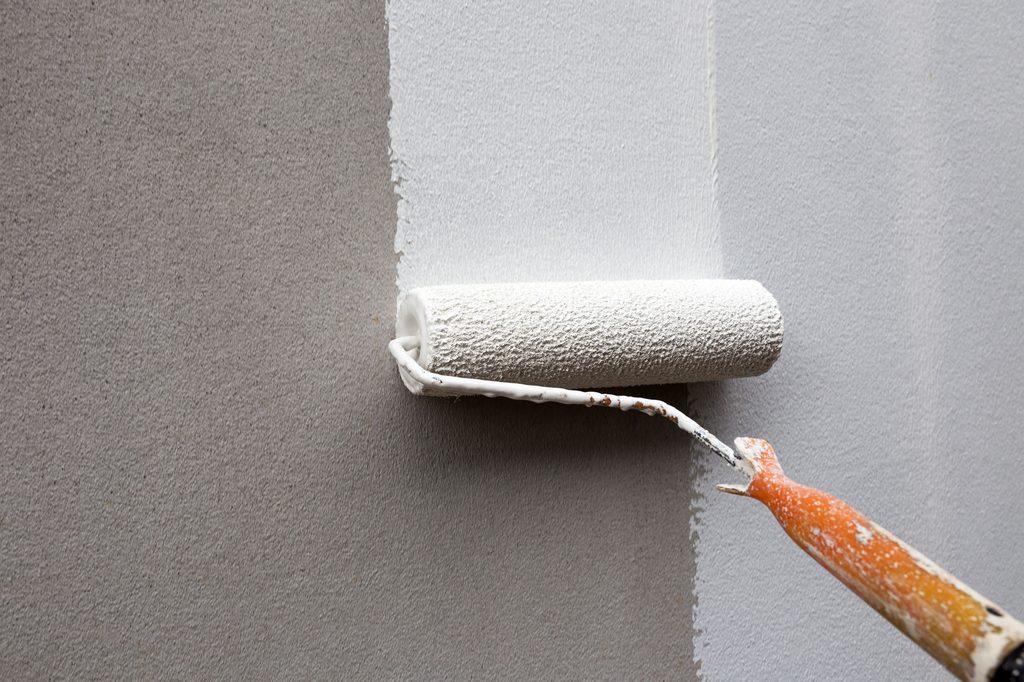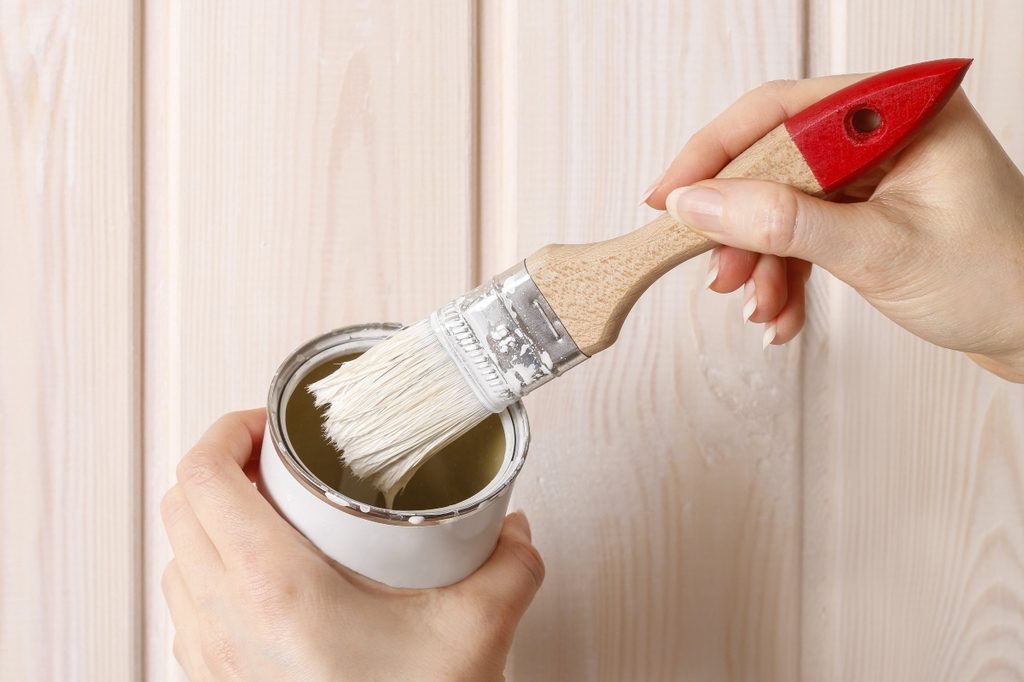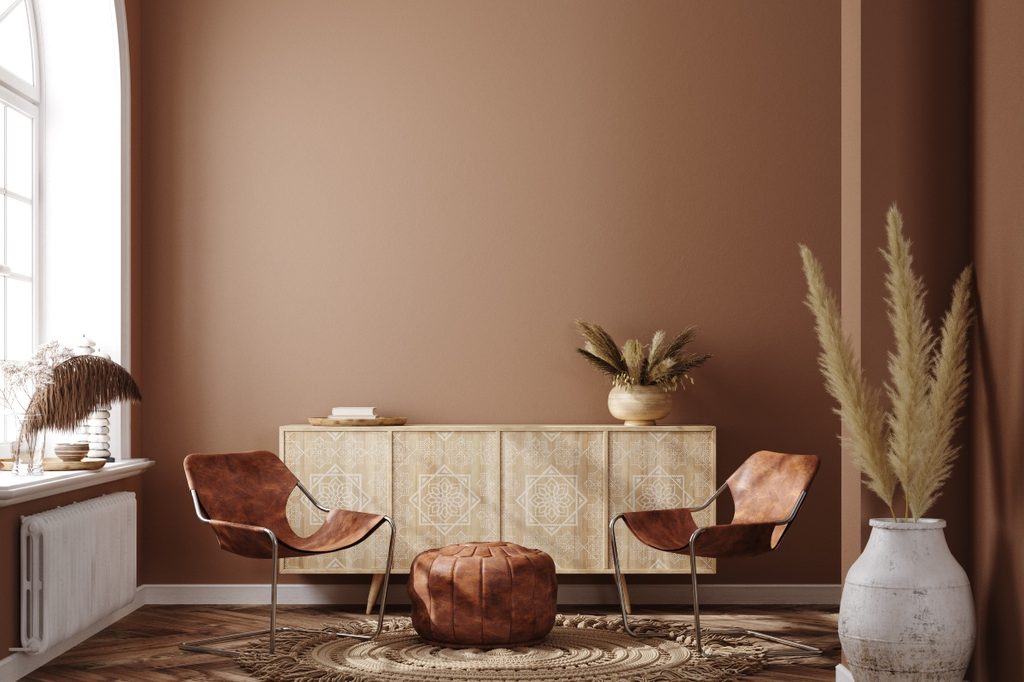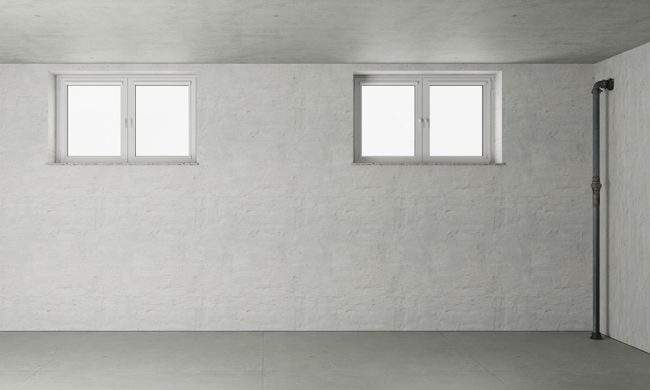You may have heard of paint sheens or have come across some interior designers discussing gloss or matte paint finishes, but what do they mean? How do you know if satin vs. semi-gloss paint is what you need for your project? If you’re struggling to discern which paint finish is best for your situation, we’re here to help. Here’s everything you need to know to help you differentiate between satin and semi-gloss paint.
What is a paint sheen?

A paint sheen determines how much light your paint reflects on a surface. High-sheen or high-gloss paints appear shinier, while low-sheen/low-gloss paints appear flatter.
There are several different types of paint sheens.
Flat or matte: This paint has little to no sheen and appears flat with little shine.
Eggshell: Eggshell paint is one of the best for walls due to its low shine and velvety appearance.
Satin: Also a popular sheen for walls, satin paint is a bit glossier than eggshell paint but not so shiny that it appears overly reflective.
Semi-gloss: This paint finish has a soft yet noticeable sheen that reflects light.
High-gloss: This paint sheen is the shiniest or glossiest and reflects a lot of light.
What is satin paint?

Satin paint has a faint sheen to it. It reflects a moderate amount of light and appears glossier than eggshell or matte finishes. However, it’s not overly reflective and appears softer than semi-gloss or high-gloss paints. Thanks to its lower sheen, satin paint is often used on interior walls. However, it’s not as popular as eggshell or matte alternatives because it can highlight some imperfections. Though, satin paint finishes are more durable and easier to clean.
Pros
- While not the most popular choice for interior walls, satin can still be a good finish to use in kitchens or bathrooms.
- Satin finishes are decently durable and can withstand frequent cleaning.
- The slight reflective qualities can help your room appear more expansive.
Cons
- Satin finishes show more imperfections than eggshell or matte finishes.
- It is less durable than semi-gloss or high-gloss finishes.
- This finish is not the best choice for living rooms and bedrooms.
What is semi-gloss paint?

Semi-gloss paint is glossier than satin but isn’t the glossiest sheen. It has a high amount of sheen, meaning it reflects a lot of light. Because semi-gloss paint finishes reflect so much light, they are rarely used on walls. Semi-gloss will show too many imperfections, such as brush strokes or uneven surfaces on walls, making it better suited for trim around windows and doors, instead.
Pros
- It’s a durable paint finish that can withstand frequent cleaning.
- Perfect for high-impact areas like door trim, baseboards, or cabinets.
- The glossy effect can benefit millwork, such as crown moldings or wooden stairway details.
Cons
- Its high reflectiveness makes it a poor choice for walls.
- Semi-gloss finishes may highlight brush strokes and surface imperfections.
Satin vs. semi-gloss paint: Appearance

Satin paint
As mentioned above, satin finishes have a soft, moderate reflectiveness. They are still shinier than eggshell or matte paints, which makes satin finishes better suited for kitchens and bathrooms. They have a smoother touch than semi-gloss paint and better hide imperfections on your walls. You are unlikely to see noticeable brushstrokes once your paint has dried.
Semi-gloss paint
Semi-gloss paint offers a shinier look. It is highly reflective and adds a good bit of sheen to your surfaces. In some instances, semi-gloss finishes give your surface a slightly tacky feel. Semi-gloss paint is known for its “orange peel” effect, where your surface appears shiny and slightly textured like an orange peel. You can remedy this by using a high-quality roller to prevent dryness when painting. Thankfully, this finish is easier to clean than satin or eggshell, making it much easy to stay on top of stains, dirt, dust, and grime.
Which is more durable?

Paint finishes with a higher gloss or sheen are more durable than low-sheen, low-gloss paints. High-gloss paint is the easiest to clean and most durable, while matte is more prone to staining and is least durable. When it comes to semi-gloss vs. satin paint, semi-gloss finishes win in the durability category. This makes it a great choice for trim, baseboards, and cabinets that need frequent cleaning or see a high amount of foot traffic.
Best places to use satin vs. semi-gloss paint in your home

Every paint finish can benefit some area of your home. However, not every finish is ideal in every situation. Below, we share the best spaces to use satin and semi-gloss paint finishes so you know how to take advantage of their unique qualities to make your home look stunning.
Satin paint
- Bathrooms
- Kitchens
- Hallways
- Kids’ playrooms
- Trim and molding
Semi-gloss paint
- Trim and molding
- Woodwork
- Cabinets
- Furniture
- Built-ins
Semi-gloss and satin paint finishes each have their purpose in the home. Satin is best for kitchen and bathroom walls, while semi-gloss paint highlights woodwork and trim. Be sure to consider where you intend to paint before picking a sheen. We recommend deciding based on the location before considering the look you’re aiming for.




